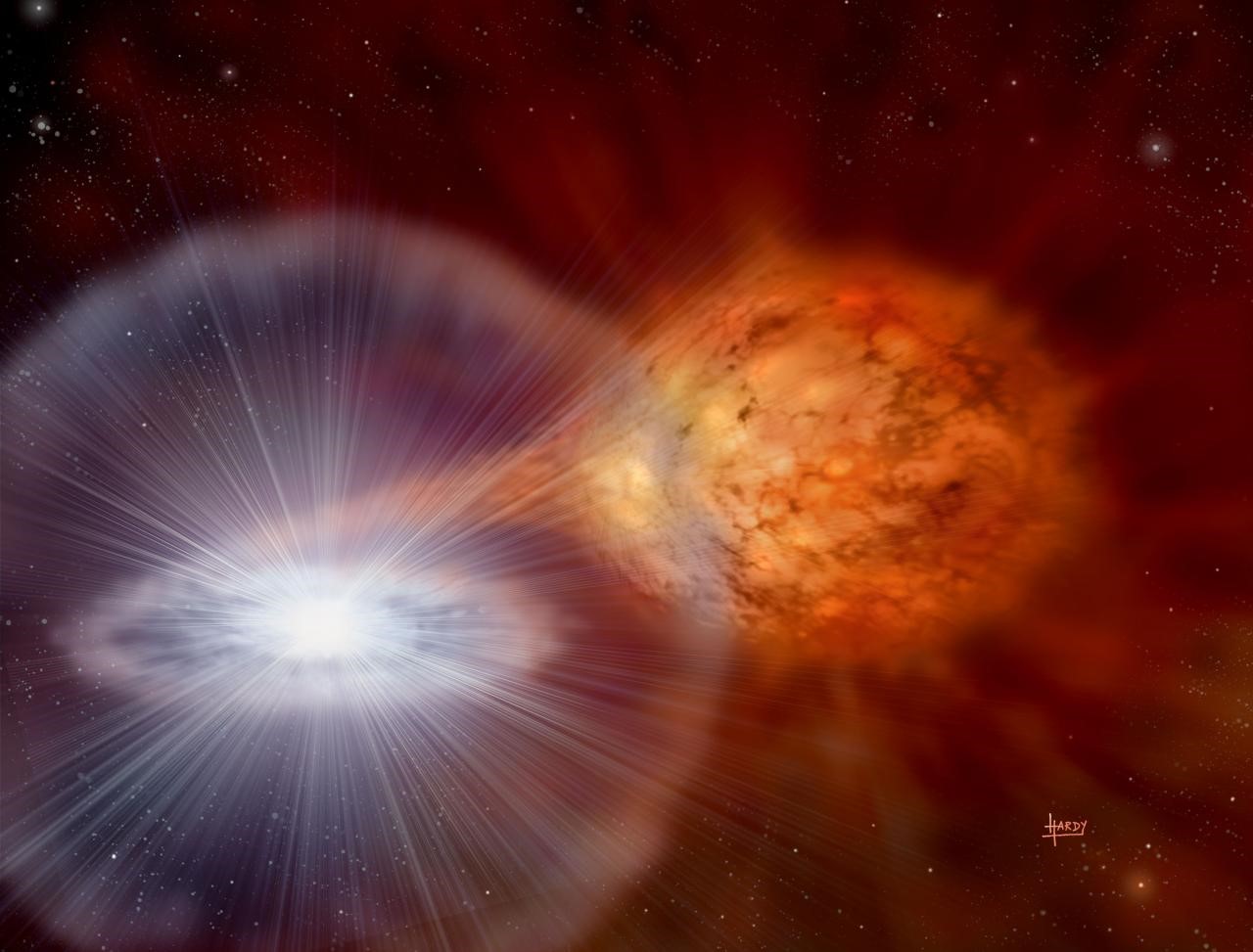Free Courses Sale ends Soon, Get It Now


Free Courses Sale ends Soon, Get It Now



Disclaimer: Copyright infringement not intended.
Context
Details
Understanding Novae
Mechanism of a Nova
Characteristics and Observation
Types of Novae
Scientific Significance
Conclusion
Novae, spectacular celestial events resulting from the interaction of binary star systems, offer astronomers a window into the fascinating realm of stellar evolution and nucleosynthesis. These transient phenomena provide crucial insights into the dynamics of binary star systems and the cosmic processes shaping our universe.
|
PRACTICE QUESTION Q. Discuss the scientific significance of novae in understanding stellar evolution and their contribution to enriching interstellar space. (250 Words) |
© 2024 iasgyan. All right reserved